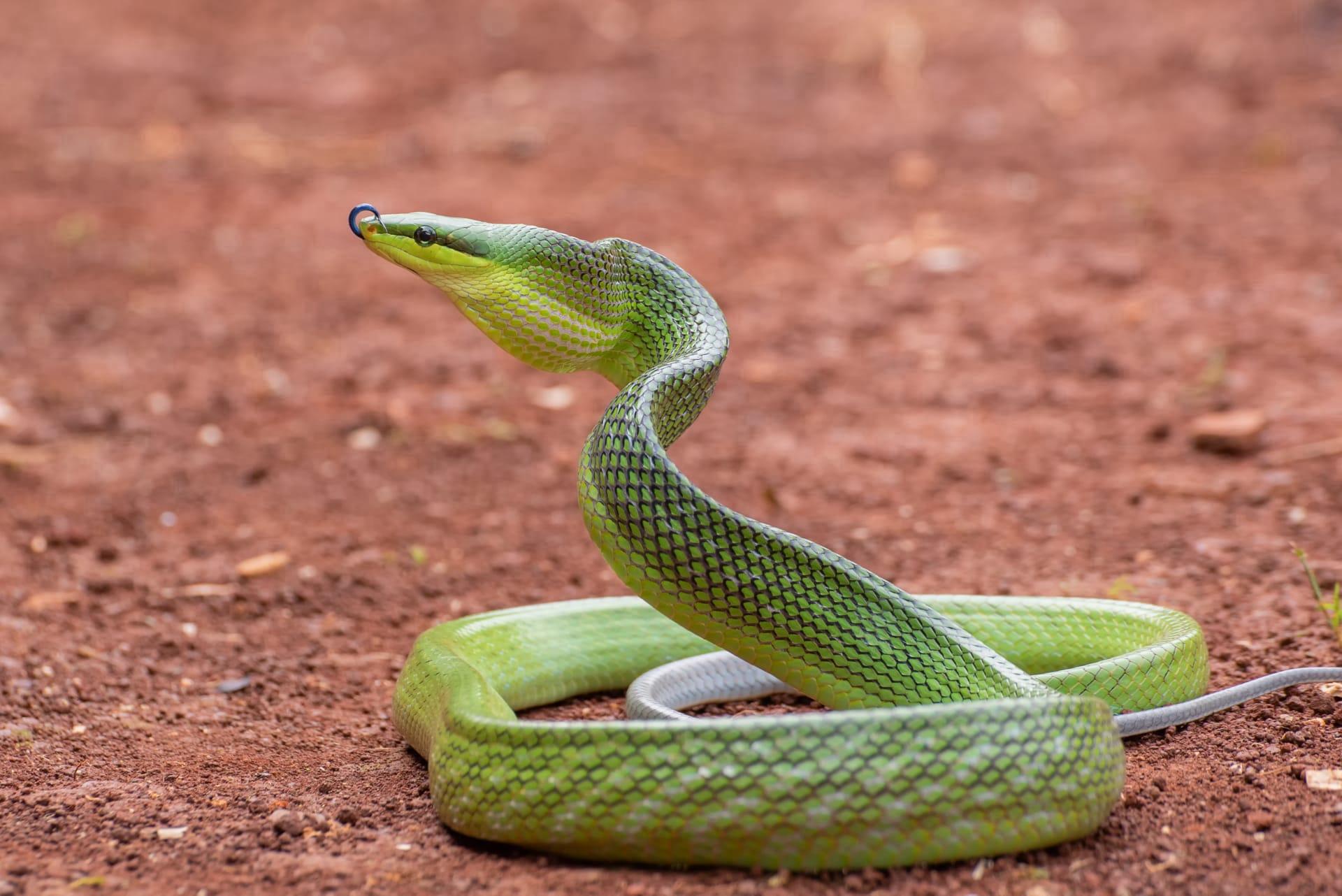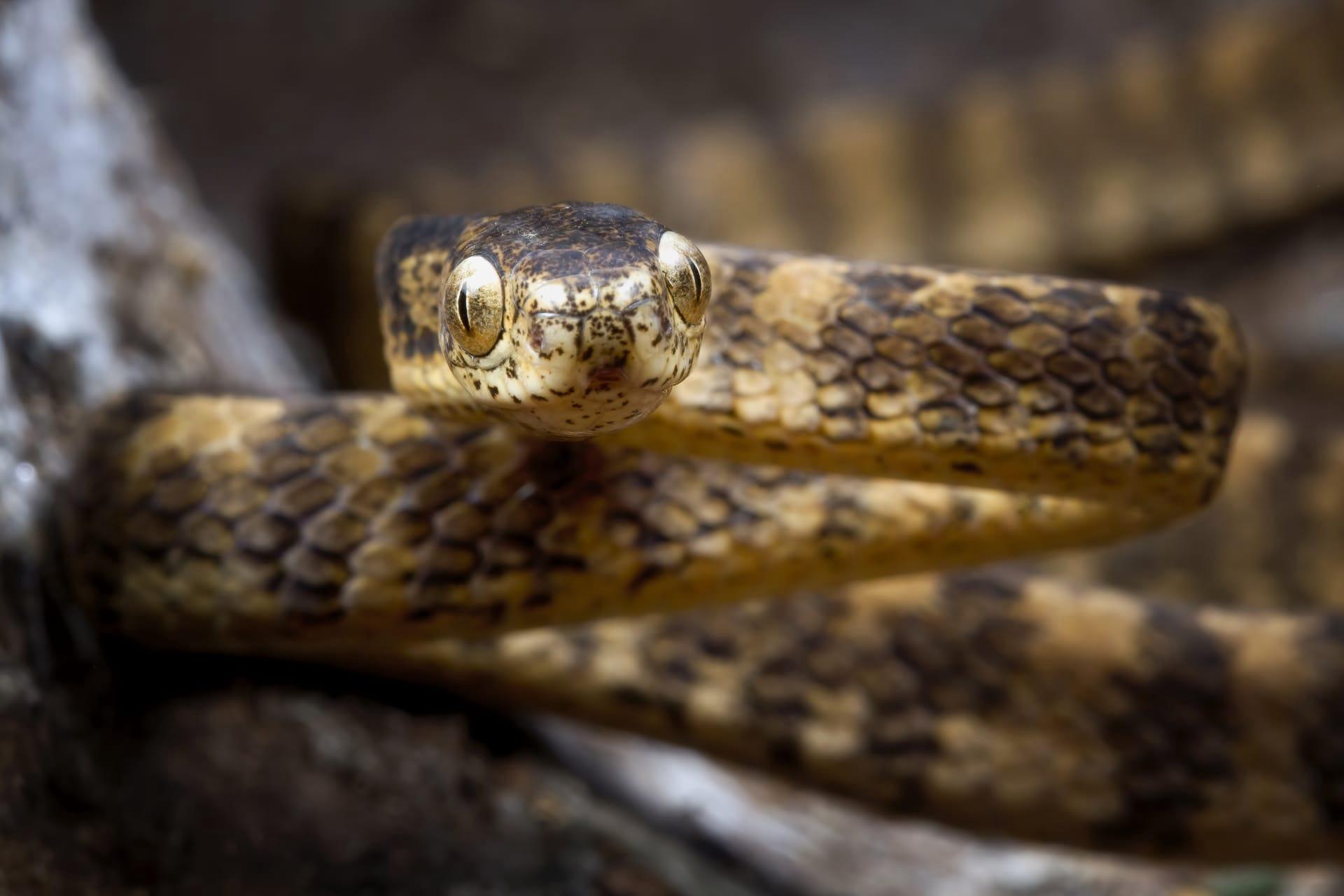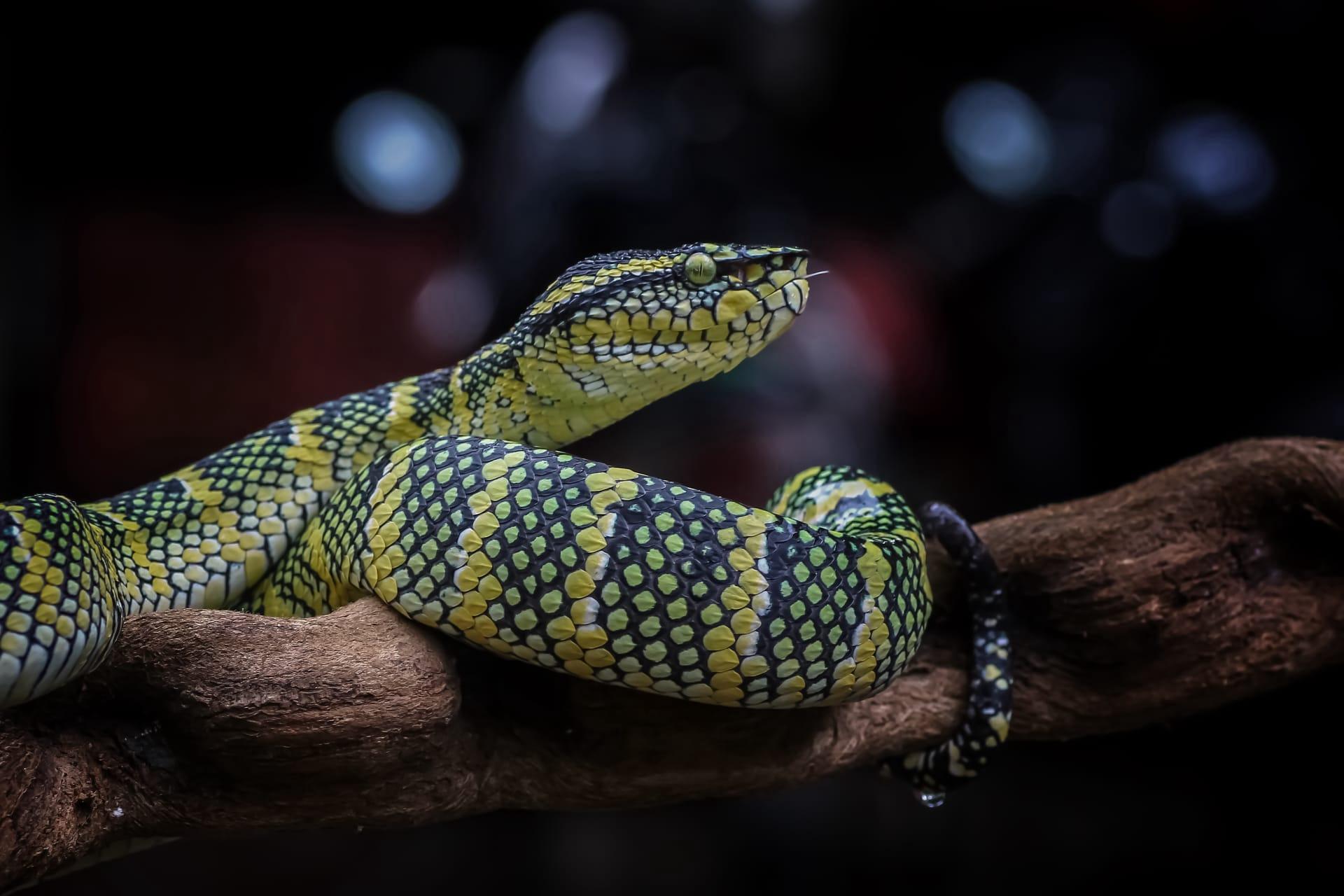Pit Vipers Characteristics
- Home /
- Mini Encyclopedia /
- Animal /
- Pit Vipers Characteristics
1
Pit vipers, a fascinating group of venomous snakes, possess a range of physical characteristics that make them unique. Typically, these snakes have robust bodies, with sizes varying significantly across species. Some, like the Eastern Diamondback rattlesnake, can grow up to 8 feet (2.4 meters) in length, while others remain smaller. Their lifespan also varies; in the wild, pit vipers can live up to 20 years, depending on the species and environmental conditions.
One of the most distinctive features of pit vipers is their heat-sensing pit organs located between the eye and nostril on each side of the head. These organs are incredibly sensitive to infrared radiation, allowing the snake to detect warm-blooded prey even in complete darkness. This adaptation is crucial for hunting and survival, especially in environments with limited visibility.

2
Question: How do pit vipers deliver venom to their prey or defend themselves?
Answer: Pit vipers have an advanced venom delivery system. Their fangs, which are like hollow needles, are connected to venom glands. When they bite, muscles around the glands contract, injecting venom through the fangs into their target. This venom is a complex cocktail of proteins and enzymes, capable of immobilizing prey and aiding in digestion. The efficiency of this system is a key reason why pit vipers are such successful predators in their ecosystems.

3
The movement of pit vipers is both fascinating and varied. Many species, like the Copperhead, are known for their ambush hunting strategies, where they remain motionless and camouflaged for long periods, waiting for unsuspecting prey. When they do move, they can be surprisingly fast, particularly when striking. Their locomotion can include sidewinding, a unique movement used in sandy environments, and concertina motion, effective in climbing.
In terms of hunting and feeding, pit vipers are primarily nocturnal predators. They rely on their heat-sensing pits to detect prey, often striking with remarkable speed and accuracy. After delivering a venomous bite, they typically wait for the venom to take effect before consuming their prey. This method minimizes the risk of injury to the snake from struggling prey.

4
Pit vipers inhabit a diverse range of environments, from deserts and forests to swamps and mountains. They are highly adaptable, with different species thriving in varying climates and habitats. For instance, the Bushmaster, the largest pit viper, prefers humid rainforest regions, while the Sidewinder is well adapted to desert conditions. This adaptability is key to their survival across different continents.
Regarding reproduction, pit vipers exhibit a variety of breeding behaviors. Many species are ovoviviparous, meaning the females give birth to live young instead of laying eggs. The number of offspring can vary greatly; for example, the Timber Rattlesnake can give birth to up to 16 young at a time. Mating seasons and reproductive cycles can vary based on species and environmental factors.

5
Book: "Venomous Snakes of the World" by Mark O'Shea. This comprehensive guide, published in the United States in 2005, offers a detailed look at venomous snakes, including various species of pit vipers. O'Shea, a renowned herpetologist, provides insights into the behavior, biology, and distribution of these fascinating reptiles, alongside stunning photographs.
Book: "The Secret World of Snakes" by James A. Henderson. Released in the United Kingdom in 2011, this book delves into the mysterious world of snakes, with a significant focus on pit vipers. Henderson, an acclaimed wildlife author, explores the evolutionary journey, survival strategies, and ecological significance of these snakes, making the book a captivating read for anyone interested in herpetology.